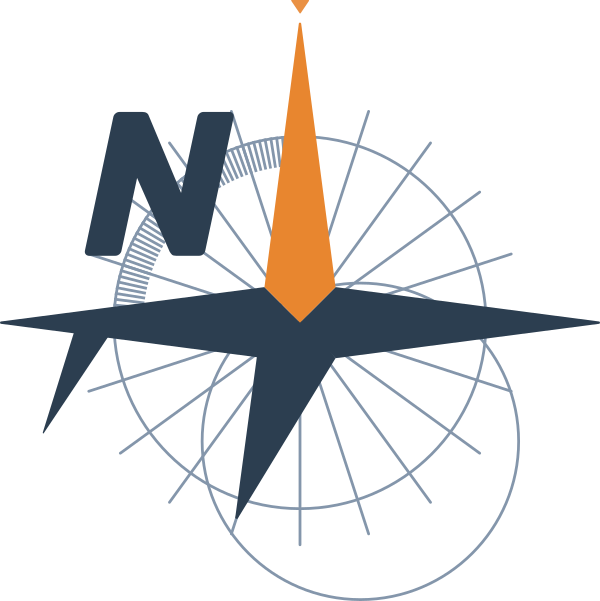Hello!
Congratulations on completing this course.
Let’s take a moment to recap the journey you’ve just completed.
By now, you are able to confidently name and describe all the key components of an offshore wind farm. You’ve also developed a solid understanding of the most widely used methods for modeling wind turbine aerodynamics: Blade Element Momentum theory (BEM).
While our focus in this course was primarily on BEM theory, we also touched on higher-fidelity methods. If you are particularly interested in aerodynamics, I encourage you to explore the dedicated courses on Aerodynamics and Computational Fluid Dynamics available on Navalapp.
Next, we treated the wind resource. You have learned that offshore wind has unique characteristics compared to onshore wind. We explored how to analyze both long-term and short-term wind conditions.
Using long-term wind data, you were introduced to estimating the annual energy production of an offshore wind farm. These wind and energy production analyses are crucial in offshore wind energy, and many professionals specialize in this field to ensure precise and reliable evaluations.
In part 7, we turned to the characteristics of waves and the calculation of wave and current loads on wind turbine foundations, and in the last part of the course, we examined how the loads impact the wind turbine structure, focusing on dynamics and structural mechanics.
In the final lessons, you saw how everything ties together through wind turbine design and load case simulation using the QBlade software. If you found QBlade intriguing, I encourage you to check out OpenFast, an open-source framework for coupled aero-hydro-elastic wind turbine simulations.
And now we have reached the end of this course. I hope you have enjoyed it and see it as the beginning of your journey in offshore wind energy. Remember, this was an introductory course designed to spark your curiosity and provide a foundation for further exploration. As you move forward, I hope you continue to explore the areas of offshore wind that excite you the most.
Thank you for being part of this course, and best of luck for the future.

